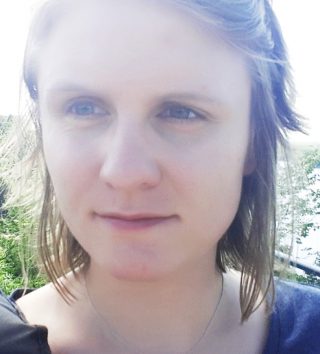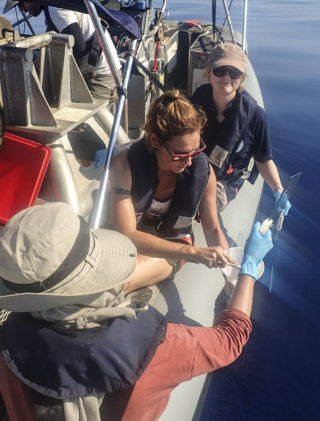
I am a second-year Phd student in the field of marine environmental science in the University of Oldenburg in Germany. My interest lies in the role of microbes within the sea surface microlayer, how they are adapted to this very special habitat, and their potential to influence air-sea gas exchange processes. For me it is exciting both to study the microlayer at the other end of the world under unusual hot weather conditions (quite different from Northern Germany), as well as being part of an international team that has the collective desire to unravel some of the many mysteries of the ocean’s skin. The R/V Falkor is a great place to work and conduct research. The laboratory is in good shape and the Falkor crew is extremely supportive, gives us a helping hand wherever they can and promptly adapts to our needs. For example, when we observed sudden enrichments of Trichodesmium at the sea surface, the crew provided their small boat faster than we could prepare our sampling equipment.
Metabolism Studies Shed Light on Our Planet’s Puture
During this cruise I use several approaches to study the metabolic activity – that is, the oxygen production or consumption – of planktonic communities in their natural environment. For instance, we apply an in situ incubator with which we can incubate sample water collected from 5 m, 1 m as well as from the microlayer at the respective depth in the water column. I record community changes in oxygen concentration using microsensor technology. This information will have a wide range of applications, including climate change, as we are exclusively focusing on carbon dioxide exchange between the atmosphere and the ocean.
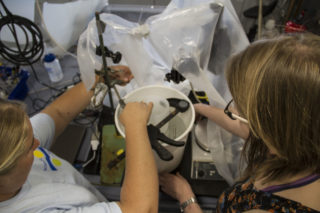
In a different experiment, we sample the microlayer without destroying its integrity and use the microsensors to track micro-gradients of certain parameters (temperature, pH and oxygen) through the layer on a micrometer scale. It is the first time I have used this method on a ship, which is a real challenge due to the sensitivity of the electrodes and their response to the ship motion and the ever enduring engine vibration. This poses an obstacle that continues to be an issue, but I am working on a number of techniques with the assistance of Falkor‘s Marine Technicians, fingers crossed!
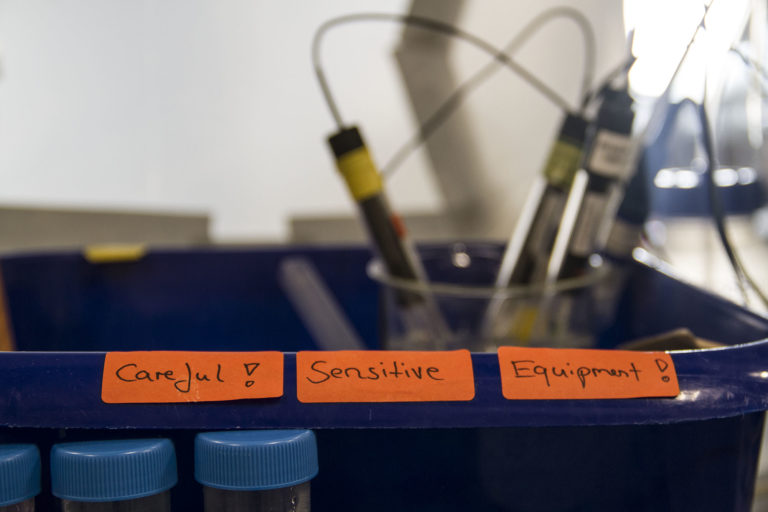
Happy Science
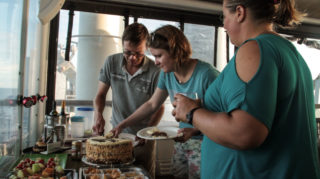
Falkor nicely compensates for long working hours by providing a range of facilities that make our stay highly pleasurable. The food provided on board is excellent without exception. The ship has a sauna, a gym and some of the crew members offer sport courses on the outer decks. Social get-togethers are organized almost every day including card game evenings, movie watching, barbecues or karaoke nights. If you feel you need some time for yourself, you can climb on the uppermost deck and hang around in one of the hammocks enjoying the warm sun or the starry firmament during the night.
Working long hours on a moving ship is not easy. But we are all incredibly excited to be here, gathering high-quality data that is sure to improve our understanding of the sea surface microlayer, while sharing our time and knowledge with our new friends of Falkor.
